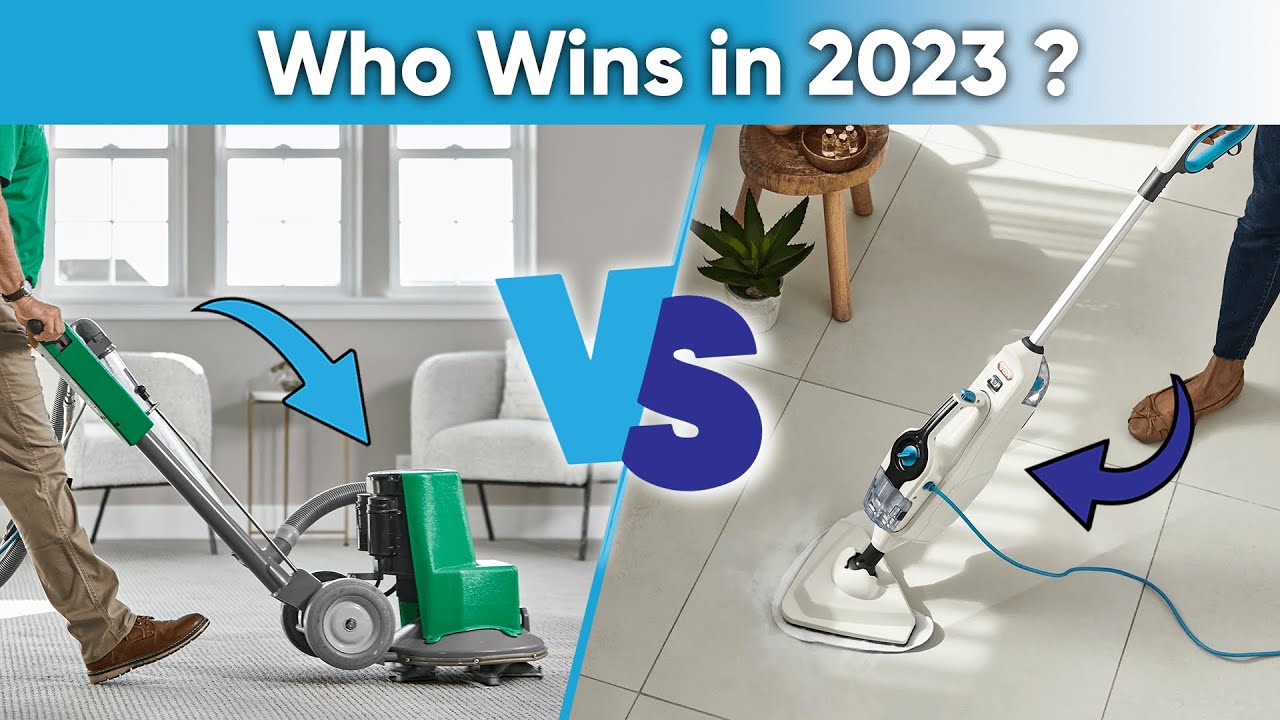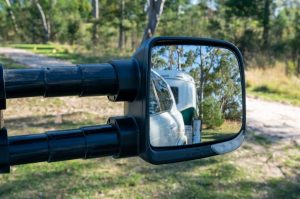Steam cleaning and dry cleaning are two methods of cleaning a carpet and as such a carpet owner will need to decide which method to use. This decision will shape how clean the carpets become, and also the cost of cleaning the carpets, carpet warranty and overall health in the years to come. The understanding of the logic that governs each method will assist in making an informed decision for the home.
What Is Steam Cleaning: a Brief Explanation
Steam cleaning or hot water extraction, is, as the name states, a method that uses hot water as steam cleaning, and one of the most recommended methods for cleaning carpets. Steam cleaning in principle utilizes water that has been heated to a temperature of between 150-200F or 65-93 degrees Celsius.
Professional carpet cleaning specialists will tell you that with traditional carpet steam cleaning, for successful cleaning, water has to elevate temperature to more than 70 degrees Celsius, however, beyond a certain level of temperature, binding and stiffening of carpet fibers will occur. Modern systems rely on hot water extraction, and will use 30-40 degrees Celsius hot water in combination of other critical pre-cleaning preparations such as pre-vacuuming, spot cleaning, pre-spraying and agitation to achieve optimum results.
This is how it is done scientifically: The chemistry of a carpet cleaning solution and hot water is injected sharply deep into the fibers of the carpet under controlled pressure. A powerful vacuum system removes the water along with the dissolved dirt, allergens, bacteria, and stains in a matter of minutes. The solution is then extracted. This method of extraction is the dual approach of injection followed by extraction and assures the best cleaning of the carpet.
The IICRC has recognized the hot water system as the best method of carpet cleaning and describes it in the S100 standard used all over the world.
Knowing The Approaches Towards Dry Cleaning
There are several approaches to dry cleaning each used in specific situations:
The method of Encapsulation Cleaning is a technique of applying a polymer based detergent that crystallizes around dirt. This method is also known as soil removal. A soil is trapped in the form of micro crystals and is removed through vacuuming. This method of cleaning requires the least amount of moisture, under ten percent, as compared to the moisture used in steam cleaning.
Bonnet Cleaning is the method of passing a rotating absorbent pad, also known as the “bonnet”, to remove dirt that settles onto the surface of the carpet. The cleaning solution is then used to spin the pad, allowing it to absorb dirt and stains that are deep into the carpet fibers.
Dry Compound Cleaning is the final approach where micro biodegradable sponges are used. Rubbed and spread all over the carpet, these sponges absorb soil, which is then vacuumed, leaving the carpet instantly ready for use.
What the Producers of Carpet Say
Shaw Industries has authoritatively stated that the foremost authorities of the carpet industry have uniformly arrived at astounding conclusions regarding the methods of carpet cleaning. They also conducted audits regarding carpet cleaning using various methods.
Mohawk Industries has also been mandating the use of professional carpet cleaning with hot water for carpet cleaners that are hot water extracted for the Carpets of the World warranty. In this regard, they have prescribed hot water cleaning where the temperature ranges in the area of 150 to 160 degrees Fahrenheit carpet extractors which are approved by the Carpet and Rug Institute.
Moreover, the hot water extraction method of carpet cleaning is endorsed by many carpet maintenance documents, and carpet maintenance documents which are leaders in the carpet maintenance industry suggest that hot water extraction is the most effective method for the removal of a carpet soil.
This is how the guidelines have been endorsed for marketing purposes. It is how the guidelines have been set by countless hours of a laboratory and carpet cleaning audit on carpeting in different situations and locations in the real world.
The Carpet and Rug Institute’s Seal of Approval Program assesses the measurable performance of cleaning tools and chemicals. Their assessment includes the effectiveness of removing soil, the retention of the appearance of carpet, and the removal of moisture. Only hot water extraction units receive the highest performance ratings.
In Australia, the AS/NZS 3733:2018 standard for the maintenance of textile floor coverings is able to meet the requirements of these guidelines and stresses the need to follow the manufacturer’s instructions for warranty purposes.
Scientific Performance Comparison
Independent lab tests indicate there are highly significant performance disparities between cleaning methods.
Soil Removal Effectiveness
Hot water extraction, when performed correctly with the right certified machines, is able to remove between 85%-95% of entrenched soil. This, along with heated cleaning solution, controlled pressure injection, and the presence of powerful vacuum extraction, enables the removal of contaminants without the circulation of water.
In the dry-cleaning methods, the soil removal rate is around 40% and is described as only able to remove surface level dirt. These methods are effective for maintenance cleaning, but hot water extraction is able to deliver much more.
The elimination of allergens and bacteria
Studies featured in the Indoor Air Quality Association journal indicates extraction of hot water above 140F eliminates dust mites, bacteria or any of their other allergens 99%. It is the heat and the extraction that physically remove a given carpet from these contaminants.
While helpful for surface cleaning, low moisture methods on their own, are not sanitizers because of inadequate temperatures and lower moisture removal capabilities.
Residue Management
Correctly performed, hot water extraction has minimal cleaning residue because both soil and cleaning chemicals are removed by the extraction process. Residue due to poor technique or inadequate extraction highlights the importance of professional certification.
Residue, through crystallization, is minimized by the encapsulation cleaning process, but retention is wholly dependent on thorough post cleaning vacuuming.
When Each Method Works Best
Choose Hot Water Extraction when:
- For annual or bi-annual maintenance.
- For embedded soil, stains, or odors.
- For warranty requirements on carpet.
- For allergies or asthma.
- For high-traffic areas with significant wear.
- For carpets that have not been cleaned professionally in over twelve months.
Choose Dry Cleaning When:
- For maintenance cleaning between deep cleans.
- For commercial areas that need immediate access.
- For carpets that are sensitive to water.
- For fine surface soiling.
- For extreme time limitations.
- For interim appearance requirements.
The Australian Context: Climate and Humidity Considerations
Australia’s varying climate zones influence carpet cleaning decisions. In coastal areas with high humidity, steam cleaning takes longer to dry and requires considerable attention to ventilation and sometimes dehumidification. This doesn’t reduce the effectiveness of the method, it merely requires anticipation.
The Carpet Institute of Australia reiterates the importance of maintenance and states that there should be proper guidelines to limit maintenance to carpeted areas covering regular vacuuming, rapid spot cleaning, low-moisture cleaning as necessary, and hot water extraction as per the set intervals.
In Australia, to achieve professional carpet cleaning outcomes, van-mounted or high-powered portable extractors should be utilized, as they remove 85 to 95% of the moisture applied.
Cost-Benefit Analysis
The cost picture is much more complicated, although dry cleaning is $30 to $60 less per visit than hot water extraction.
Hot Water Extraction: has an initial higher price, but with reasonable maintenance, the cleaning lasts 12 to 18 months. It also keeps the warranty coverage and prolongs the carpet’s life.
Dry cleaning: is less expensive initially, but is needed 3 to 4 times more often. In addition, it provides little warranty satisfaction for the required deep cleaning intervals.
Total Annual Cost: It is frequently comparable considering the required frequency and warranty problems.
Differences Between Professional Approach and DIY Approach
Several technical difficulties mean consumer-grade equipment cannot achieve the same results as professional equipment.
- Heating Capability: Rental units seldom reach the optimal cleaning temperatures of 150-180°F.
- Extraction Capability: Consumer systems remove only 60-70% of moisture added while professional truck mounted systems remove 85-95% of moisture equating to almost full extraction.
- Type of Chemical: Retail cleaning products are no match to professional-grade cleaning supplies.
- Training and Knowledge of the Equipment: The user must know the different types of carpets, how soiled the carpets are, how much time to allocate for extraction, and other important factors.
Formulating Your Strategy for Maintenance
An efficient carpet maintenance program, as per the manufacturer’s recommendation and best practices, should include the following:
- Daily/Weekly: Following the vacuuming schedule using the proper technique.
- Immediate: Cleaning stains and spills as soon as they happen.
- Monthly/Quarterly: Monitoring and evaluating high-traffic zones every month or quarterly.
- Semi-annually: Optional instruction. Encapsulation or dry cleaning for interim maintenance.
- Annually: Certified contractors completing hot water extraction.
Conclusion: Recommendations
Carpet deep cleaning using hot water extraction is the technique universally agreed upon by the manufacturer specifications and industry standards. Testing proves it’s the best method for soil and sanitary removal, and major carpet makers specifically state it must be used to keep the warranty.
Apart from its primary function, dry cleaning has its applications as an adjunct cleaning technique, particularly for instant access carpets and within a business context. In any case, dry cleaning is not a substitute for the deep cleaning achieved through hot water extraction.
In the case of Australian homeowners, the preferred method is combining do-it-yourself maintenance methods with an annual hot water extraction deep clean with certified equipment done by certified experts. This will promote the highest retention of carpet quality, fulfillment of carpet warranty obligations, and assurance of indoor air quality.
Keep in mind as well that the carpets you install in your home are not for mere aesthetics or comfort. This fine investment will appreciate in value and it is this value that you will defend by adhering to the cleaning methods prescribed by the carpet manufacturers. Engage with experienced professionals who are meticulous in their work and will proudly prove that their methods are industry compliant.






